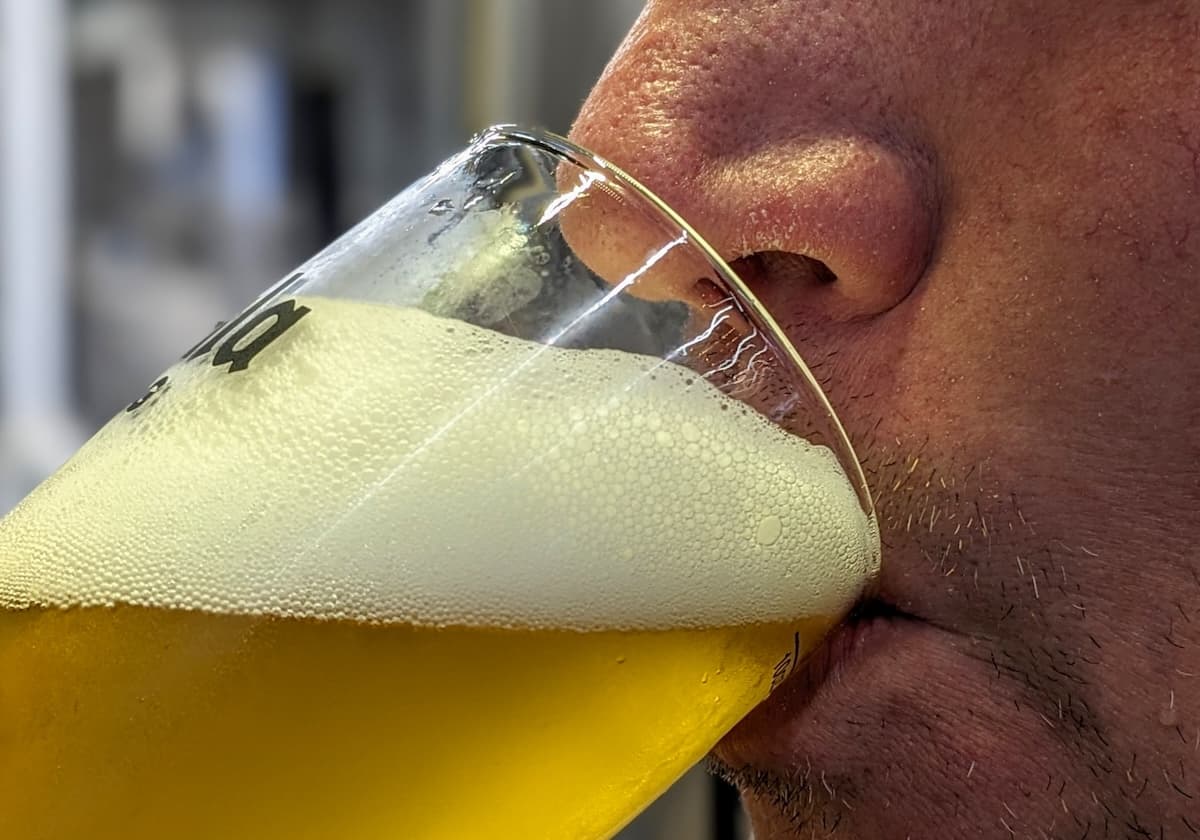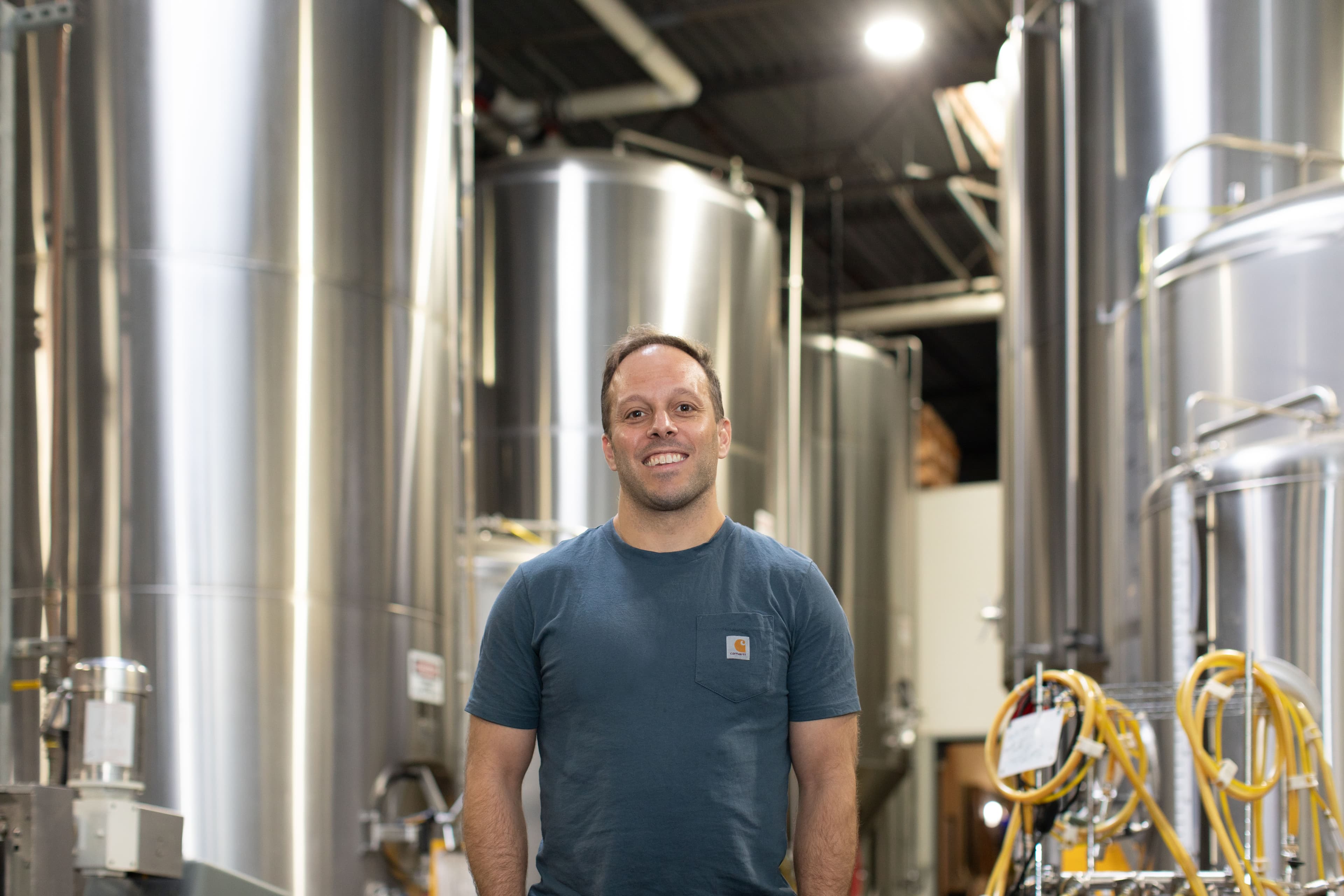
Toward a More Mindful Mastery of Mouthfeel
ALL ACCESSWhy should flavor get all the attention? Mouthfeel matters, and recent research aims to expand our vocabulary and connect it more closely to beer’s chemistry and the brewing process.
19 articles in this category

Why should flavor get all the attention? Mouthfeel matters, and recent research aims to expand our vocabulary and connect it more closely to beer’s chemistry and the brewing process.

Adding a quality lab can seem daunting to a small brewery, but it’s not so bad when you know what equipment you need and which tests are appropriate for your scale. Here, we outline exactly what you should need.

Many smaller breweries lack the resources to perform regular cell counts on their yeast pitches or slurries. Luckily, yeast share some of their secrets with us via pH values, and that can be an easy way to check on their health. Here’s what to know.

In hard seltzers and other FMBs, sulfur as an off-flavor can be an even smellier obstacle than it is in beer. Here’s how to avoid it.

In this clip from his video course, Breakside cofounder and brewmaster Ben Edmunds explains why ALDC is no silver bullet when it comes to hop creep—and how his team found a better way to use it while shaving off some tank time.

Successful breweries prioritize quality, from raw materials all the way to finished, packaged product. Yet even after your beer leaves the brewery grounds, there are ways to help ensure that people are enjoying the best possible version of it.

Ben Edmunds, cofounder and brewmaster of Breakside Brewing in Portland, Oregon, shares his insights on how to build and maintain a methodical quality program that can take your brewery’s beers from consistently good to consistently excellent.

For anyone serious about quality, there’s nothing quite as satisfying as a well-thought-out binder packed with standard operating procedures. Here’s how to get started on SOPs for your brewery’s quality program.

Having a sensory panel to regularly evaluate your beer is good practice—but what about one to evaluate your hops? Brewers and hop-sensory experts share their best tips on starting up a specialized panel—and careful hop evaluation is something that even the smallest breweries can do.

It takes more than a skilled brewer to consistently make great beer. It takes a holistic approach that extends from the top to every employee—and even to the drinkers themselves.

Brewers don’t typically lose sleep over Bacillus, despite it being ubiquitous throughout the brewery. Being aware of it and knowing when it can cause problems can help ensure better, more consistent beer.

Understanding this off-flavor, how to test for it, and how to reduce it is key to producing commercially viable beer.

Brewers don’t make beer, yeast do—but they also make a lot more yeast. Here’s a look at some of the specialized gear that brewers use to propagate and ensure consistent pitches from batch to batch.

As brewers, we love our low DO levels and our cans of light, crisp lager in the summertime. Unfortunately, so do a couple of the stealthiest spoilage organisms known to the beer industry.

No brewery is too small or too short-handed to get a sensory panel going, and the education and expertise gained can be invaluable to the business. Here’s how to get your panel off the ground.

Happy yeast make better beer and a stronger brewing business. Here are some tips from the yeast whisperers to maximize your fermentations and lock in greater consistency.

From quality control to recipe tweaks to pulling out those vintage bottles for a special occasion, there is real value in systematically keeping old beers around for later reference.

For a smaller brewery ready to improve data collection and quality control, the idea of adding a lab or dedicated staff may seem out of reach. However, there are real steps that any brewery can take to help ensure quality—and many cost little or nothing.

Devices that monitor fermentation in real time and apps that make data analysis a snap can help improve quality and output. They can also save breweries money, reducing the chances for error.